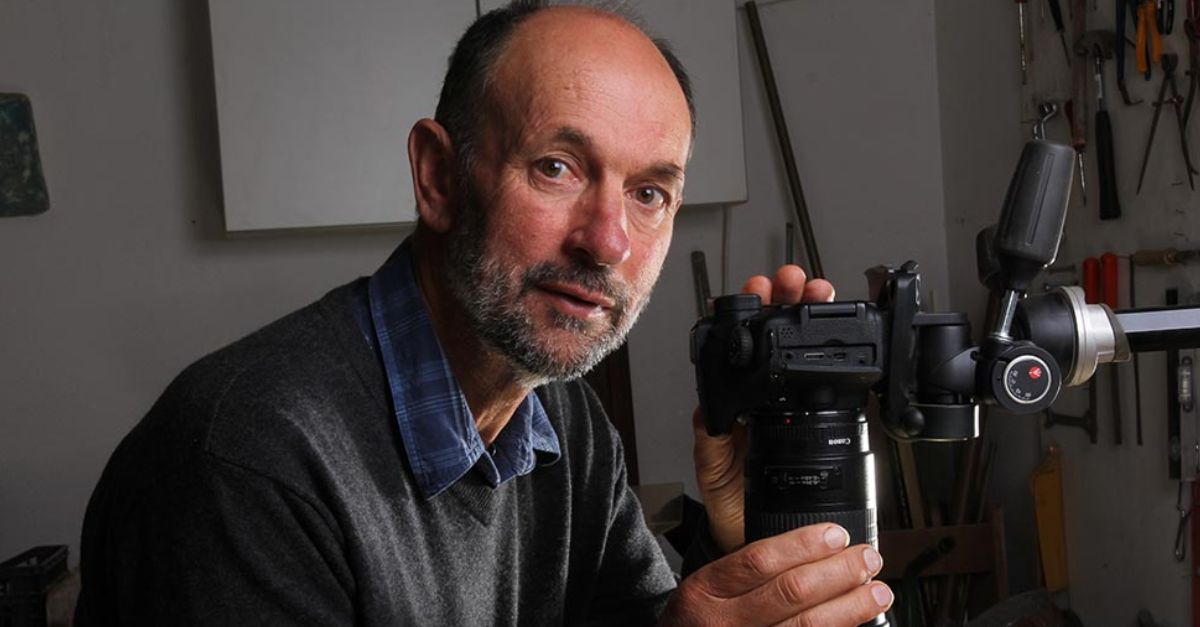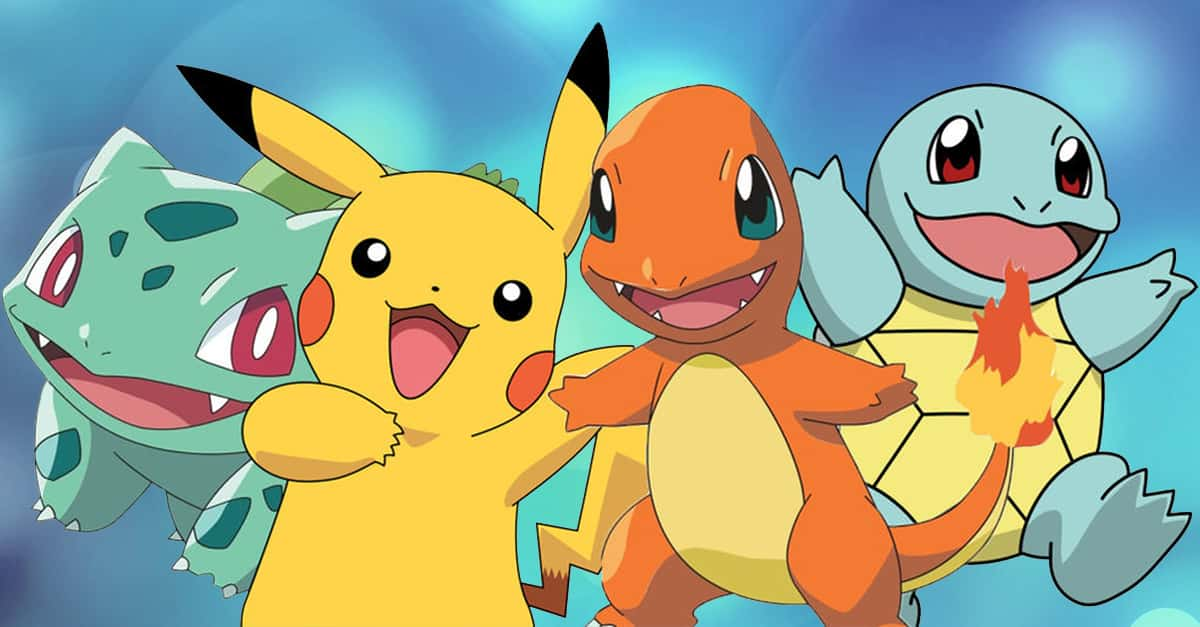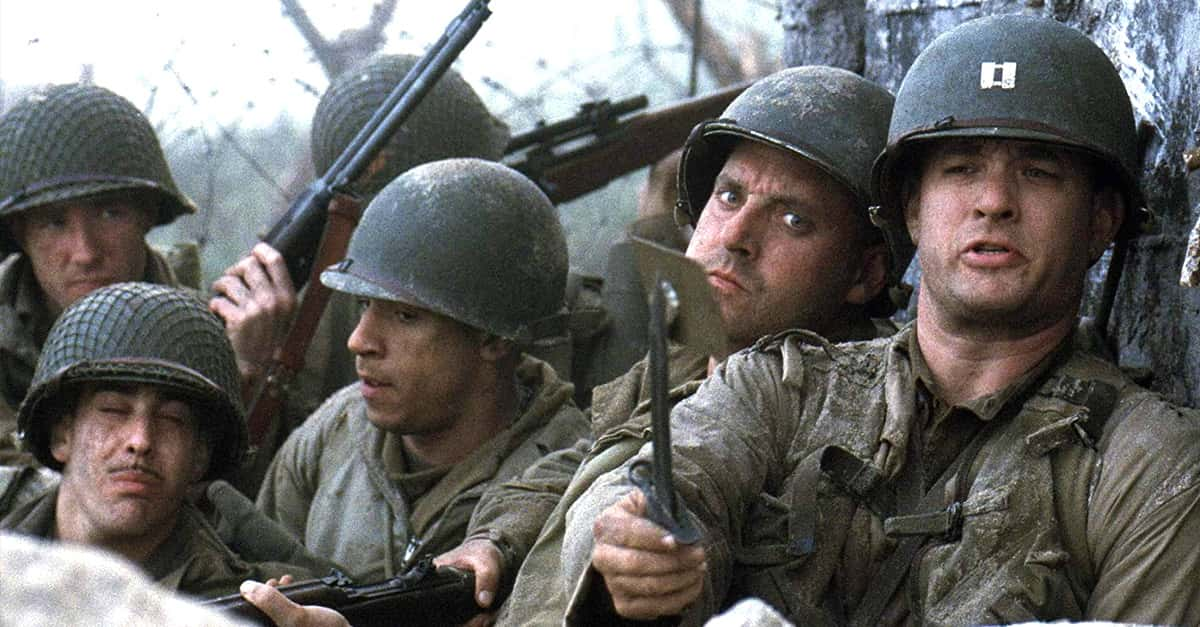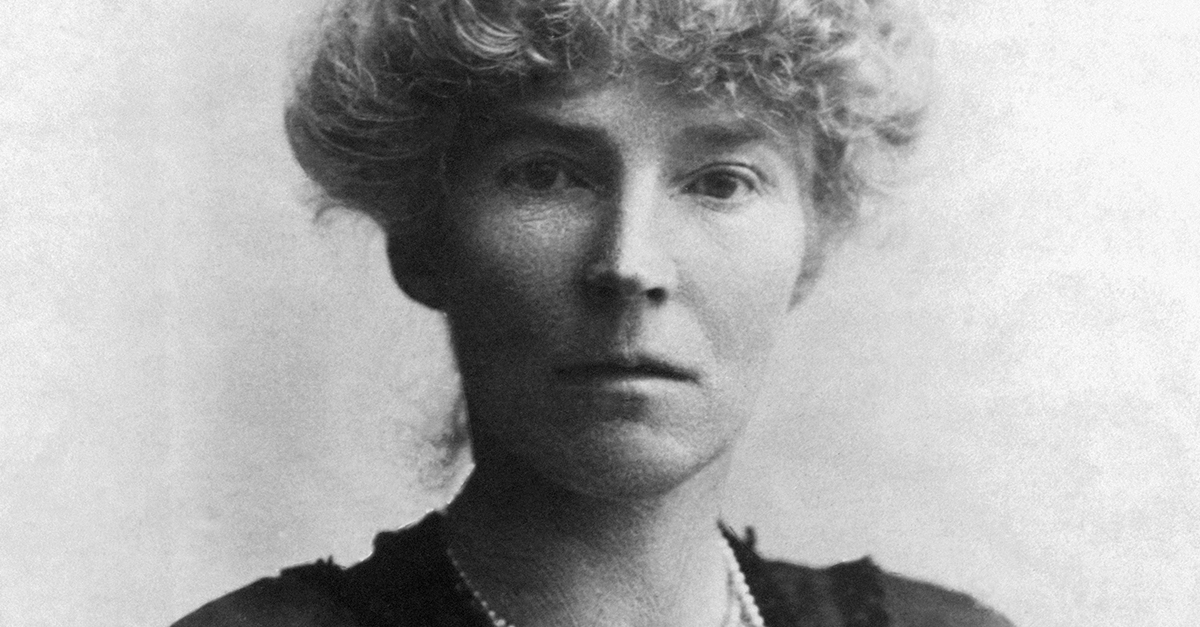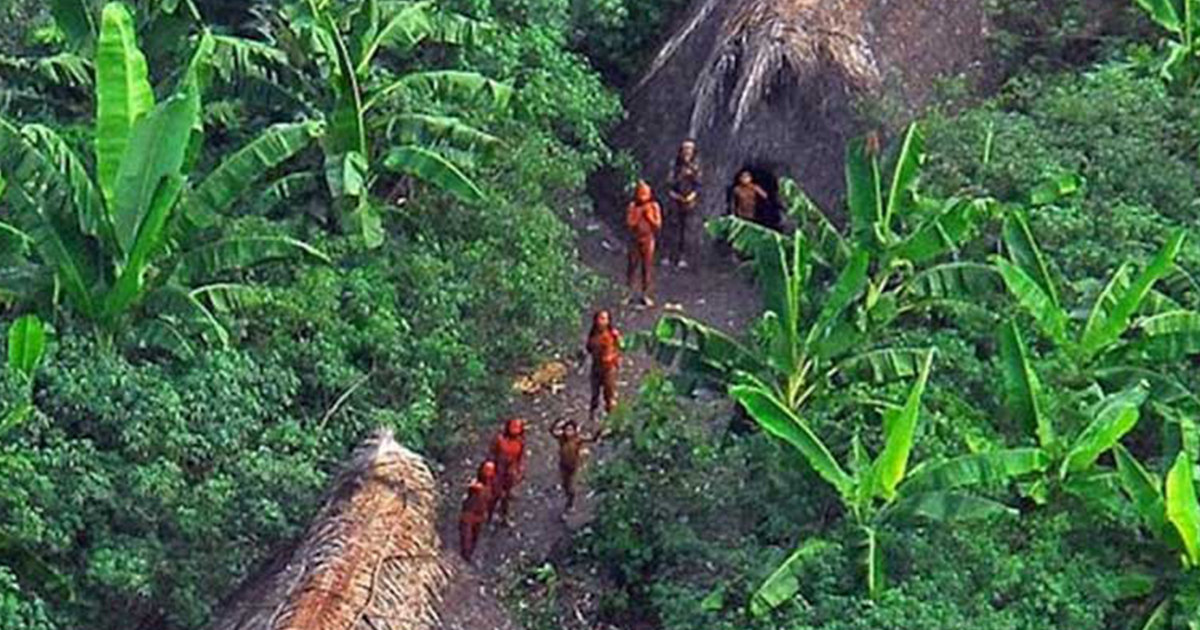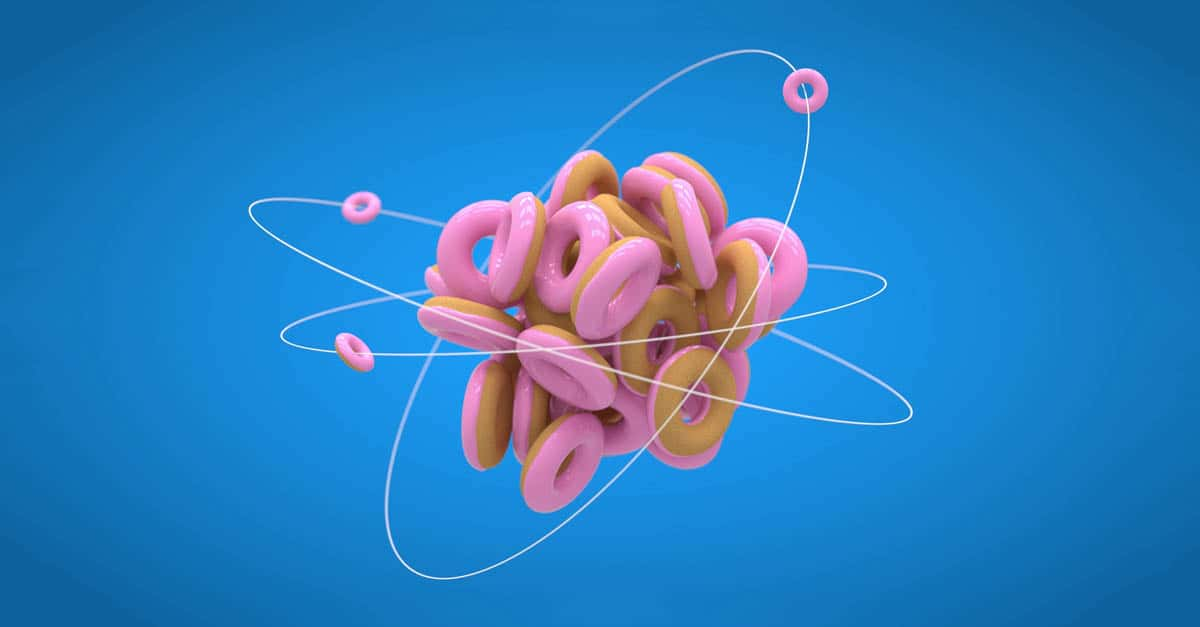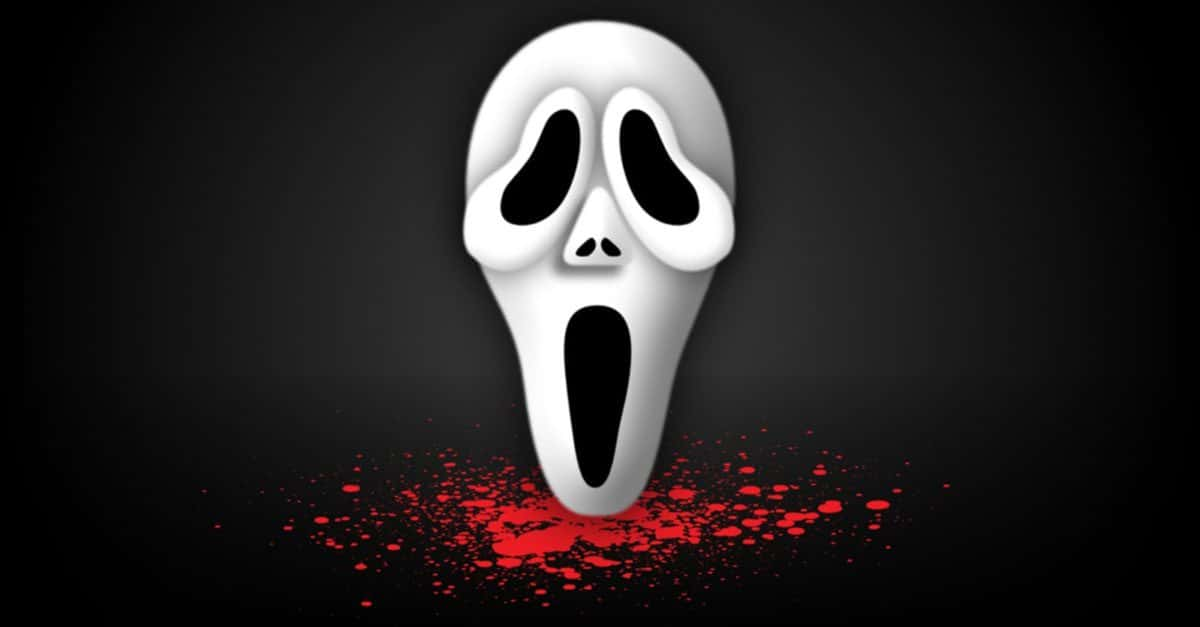Tomb Number 9
They didn’t write his name down, but they didn’t have to. Tomb Number 9 told its own story—gold, clay, and tools that remained after the shaman’s passing.

The Beginning Of The Discovery
The El Cano Archaeological Project began in 2005, led by Julia Mayo, an expert in pre-Columbian Panama. She and her team were excavating burial sites, hoping to uncover more about the elite of the Cocle people. While carefully removing soil, they stumbled upon a unique tomb.
 Gualberto107, Wikimedia Commons
Gualberto107, Wikimedia Commons
Julia Mayo And Her Team
Bioarchaeologist Julia Mayo has spent years studying burial sites in Central America. Together with her colleagues, she systematically mapped the El Cano necropolis and deduced its significance. They discovered an exceptionally dense cluster of gold figurines while clearing the site, which was a precursor to the discovery of something remarkable.
 Entrevista con la Dra. Julia Mayo by IMAGINA TV (Senacyt)
Entrevista con la Dra. Julia Mayo by IMAGINA TV (Senacyt)
The Moment Of Realization
The importance became evident as they dug through soil layers: they had found a high-status tomb that might have belonged to a renowned Cocle shaman. Intricate sculptures, healing tubes, and gold pectorals suggested a highly significant spiritual and social figure. Their perception of Cocle ceremonies was altered by the discovery.
 Mary Harrsch from Springfield, Oregon, USA, Wikimedia Commons
Mary Harrsch from Springfield, Oregon, USA, Wikimedia Commons
Enter Tomb Number 9
The tomb was named Tomb Number 9. What about the rest, you ask? Well, the exact number of tombs is still being determined. Regardless, researchers suspect that many individuals were buried simultaneously, often alongside sacrificial companions meant to serve the deceased in the afterlife.
 El Caño archaeology site in Panama by halfthrottle
El Caño archaeology site in Panama by halfthrottle
Meet The Cocle People
The Cocle people flourished in central Panama between the 8th and 16th centuries, developing an intricate society with hierarchical leadership. They thrived along the Rio Grande, and they engaged in farming and trade. They also had classes with distinct spiritual and political roles.
How The Cocle Looked Like
The Cocle adorned themselves with intricate gold jewelry, breastplates, nose rings, and pectorals to signify status and roles. Their clothing was made from woven fabrics and often featured geometric patterns. Warriors and shamans painted their bodies with natural dyes. Some elite figures shaved their heads or wore elaborate headdresses.
 Peter D. Tillman (self), Wikimedia Commons
Peter D. Tillman (self), Wikimedia Commons
Agricultural And Trade Networks
This society depended on farming and trade. They cultivated crops like maize and tropical fruits. When it came to trade, they exchanged gold, pottery, and textiles with neighboring groups. These exchanges maintained economic ties that helped sustain their civilization. They also traded pearls and fish while exchanging artwork.
Artistic Mastery—Goldwork And Pottery
These people were also master artisans. Here, we’re talking gold ornaments, ceramic vessels, clay pottery, and intricate textiles. Their art would typically feature mythological creatures, symbolizing spirituality and transformation. Pottery carried complex geometric patterns and zoomorphic figures.
 Peter D. Tillman (self), Wikimedia Commons
Peter D. Tillman (self), Wikimedia Commons
Social Hierarchy And Leadership
Cocle rulers wielded both political and spiritual influence. Nobility was often buried with extravagant gold pieces, and this legitimized their divine status. Warriors wore elaborate attire, and religious leaders, including shamans, played a vital role in healing and communication with spirits.
 Walters Art Museum, Wikimedia Commons
Walters Art Museum, Wikimedia Commons
Religious Beliefs
In their universe, the Cocle viewed the world as a balance between life and death, with shamans serving as mediators between the realms. Trance states, herbal medicine, rituals, and music were central to their culture. They also used symbolic animals like bats and birds.
Shamans As Healers And Mystics
Shamans in Cocle society were spiritual leaders, intermediaries between humans and the supernatural. They guided individuals through illness, visions, life stages, and rituals, employing herbs, music, and trance states to achieve altered consciousness. Their importance was reflected in burial practices, where they were honored with gold artifacts and ceremonial tools.
The Path To Becoming A Shaman
Becoming a shaman in Cocle society was a lifelong journey that required spiritual dedication and mastery of the healing arts. Candidates were often chosen mostly through visions and ancestral selection. But if you possessed unique abilities, you’d also make the cut. Apprentices trained under established shamans, learning everything.
 Miguel Hermoso Cuesta, Wikimedia Commons
Miguel Hermoso Cuesta, Wikimedia Commons
Mastery Of Healing And Herbal Knowledge
Shamans were also students of nature, where they studied sacred plants to learn which herbs had specific medicinal properties. They could point to those that induced visions and those that could initiate physical healing. Understanding natural cycles was key to their practice.
 Midnightblueowl at English Wikipedia, Wikimedia Commons
Midnightblueowl at English Wikipedia, Wikimedia Commons
Shamanic Tools And Sacred Objects
As a shaman, you also had to look the part. That said, shamans used ceremonial attire and tools to enhance their rituals. Each object held a symbolic meaning, connecting it to spiritual beings. These tools also included hybrid creatures to signify their ability to transcend physical boundaries.
Would Shamans Marry And Have Children?
Yes, a Cocle shaman (man or woman) could marry and have children, but their role in society was unique. Unlike warriors or rulers, shamans lived by spiritual mandates, which often shaped their personal lives. While family life was possible, their primary duty was prioritizing rituals and ancestral guidance.
Their Families Held Some Spiritual Legacies
Children from shamanic households may have inherited holy knowledge or been selected as apprentices, carrying spiritual legacies. However, in order to maintain their spiritual purity, a shaman's marriage would have to respect their ritual obligations. Some shamans completely shunned conventional family arrangements and focused only on their ceremonial lives.
What Would Disqualify One To Become A Shaman?
Not everyone could serve as a spiritual mediator—several factors prevented individuals from stepping into the role. If an apprentice failed to enter trance states, communicate with spirit guides, or lacked mastery in herbal medicine, they were deemed unfit for shamanic duties. It was really that simple.
Burial Customs And Ancestral Worship
Burial sites, like El Cano, reflect Cocle’s reverence for ancestral power. Tombs contained everything they traded and grew to reinforce the spiritual journey into the afterlife. The elaborate necropolis allowed public ceremonies to strengthen political legitimacy. This connection between death, leadership, and divine authority shaped their societal structure.
 Victor Sanchez Urrutia, Wikimedia Commons
Victor Sanchez Urrutia, Wikimedia Commons
How Did They Know Tomb Number 9 Was A Shaman’s Tomb?
The clue was the body's ceremonial posture. The peculiar position of the shaman's burial—face down—suggests either a ritualized placing or subjection to mystical forces. He may have been buried differently than other shamans because of this unusual location, which suggested that he served as a bridge between realms.
 El Caño archaeology site in Panama by halfthrottle
El Caño archaeology site in Panama by halfthrottle
The Layout Of The Tomb
The tomb was carefully organized, with intentional placements that highlighted the spiritual and hierarchical significance of the buried shaman. His face-down burial position suggests a ritualized practice, possibly indicating submission to divine forces. Surrounding him were a few items carefully arranged.
 Melissa Wong Zhang, Wikimedia Commons
Melissa Wong Zhang, Wikimedia Commons
What Was Part Of The Hoard?
Scattered throughout the tomb were gold bells, figurines, carved bones, and decorative ornaments to reinforce status and ritual significance. One bat-eared figurine was placed near the head, and some gold items were grouped around the torso. Was this significant? Let’s see, starting with…
The Gold Breastplates
Eight gold breastplates were placed around the body. Breastplates have an apparent reason for being protective gear. This implies that they formed a protective or symbolic circle around the buried. Each breastplate featured embossed hybrid creatures. And those served as a sign that reinforced transformation and the afterlife.
There Were Also Golden Figurines
Gold figurines were also discovered nearby. The main function of the figurines, which had deep spiritual and symbolic meaning, was that of guardians of the afterlife. The deceased's safe passage into the afterlife may have been guaranteed by these gold statues.
 TomR (Thomas Ruedas), Wikimedia Commons
TomR (Thomas Ruedas), Wikimedia Commons
Second Role: Embodiments Of Transformation
Many figurines depicted hybrid creatures, merging traits of bats, crocodiles, birds, and sharks—some animals were capable of moving between multiple elements (air, water, earth, fire). This reflected the shamanic ability to transform, and it echoed their trance journeys between worlds.
 Anonymous (Panama)Unknown author, Wikimedia Commons
Anonymous (Panama)Unknown author, Wikimedia Commons
Third Role: Connection To Ancestral Knowledge
It's possible that some sculptures served as wisdom conduits, enabling shamans to connect with the past and represent ancient spirits. They strengthened their credibility as leaders by learning about divination, medicine, and cosmic equilibrium through rituals.
 Anelly Celis from Panama, Panamá, Wikimedia Commons
Anelly Celis from Panama, Panamá, Wikimedia Commons
Fourth Role: Ritual Objects For Ceremonies
Gold figurines might have been used during ceremonies to serve as talismans for invoking supernatural beings. Shamans wore or held them during rituals to channel their spiritual energy. Their presence in the tomb suggests they continued to serve the deceased even after death.
 Anavallester24, Wikimedia Commons
Anavallester24, Wikimedia Commons
Then, The Golden Bells
The gold bells that are placed close by highlight how essential music is for causing trance states. These bells were thought to help in spirit communion and meditation because they produced repetitive tones. Their proximity to the body implies that they were a part of the burial customs.
How Shamans Used Golden Bells
Shamans likely used these gold bells during ceremonial dances and healing rites. Such bells may have been worn or shaken in specific rhythmic patterns to help alter consciousness and enhance supernatural experiences.
 User:FA2010, Wikimedia Commons
User:FA2010, Wikimedia Commons
The Gold Pectorals With Mythological Symbols
The gold breastplates buried with the shaman are covered in embossed creatures, including all the mentioned creatures, as well as butterflies. The exact use of butterfly imagery suggests the power of metamorphosis, a central theme in Cocle spirituality.
 Mary Harrsch from Springfield, Oregon, USA, Wikimedia Commons
Mary Harrsch from Springfield, Oregon, USA, Wikimedia Commons
The Significance Of Hybrid Beings
The hybrid beings represented spiritual abilities that went beyond the bounds of the physical world. For example, known for their capacity to see in the dark, bats were thought to be wise and visionary. Crocodiles were symbolic of flexibility since they could move between water and land with ease.
Healing Tubes
At the body’s midsection, researchers found deer bone healing tubes, possibly used to inhale and exhale medicinal smoke. These were initially mistaken for flutes but later identified as shamanic tools, items that participants supposedly used in healing ceremonies.
Healing Tubes—Construction And Design
The healing tubes were crafted from deer bones, a material linked to vitality and ritual use. Each tube was meticulously hollowed and polished, designed for inhalation and exhalation of medicinal smoke. Unlike flutes, they lacked perforations, and this confirmed their function as breath-control devices in spiritual practices.
 Lottie101 at English Wikipedia, Wikimedia Commons
Lottie101 at English Wikipedia, Wikimedia Commons
How Shamans Used Healing Tubes
Shamans used these tubes to inhale sacred herb smoke during smoke rituals for numerous purposes. The process may have involved burning medicinal plants, such as psychoactive herbs. Only elite shamans or spiritual healers possessed these rare tools.
 Unknown author or not provided, Wikimedia Commons
Unknown author or not provided, Wikimedia Commons
The Function Of Medicinal Smoke
The smoke had therapeutic and intoxicating qualities, so it was more than just symbolic. In order to create a heightened perception, shamans burnt sacred plants and herbs. The regulated respiration provided by inhaling through deer bone tubes enhanced their link to ancestral spirits and supernatural powers while promoting meditative focus.
 Kgara Kevin Rack, Wikimedia Commons
Kgara Kevin Rack, Wikimedia Commons
Smoke As A Purification Tool
Shamans used smoke to create sacred spaces and drive out evil energies because they believed in its cleansing effect. It's possible that the healing tubes contributed to the smoke's uniform distribution and full bodily absorption. Before taking part in ceremonial dances or communicating with spirits, this purifying procedure was necessary.
 Kgara Kevin Rack, Wikimedia Commons
Kgara Kevin Rack, Wikimedia Commons
The Purpose Of Trance States
Trance induction is also central to shamanic rituals, serving multiple spiritual and practical functions. Shamans believed that through deep focus and altered perception, they could step beyond the physical realm and gain wisdom from the spiritual world. Trance allowed them to commune with what lay beyond.
 Bain News Service, Wikimedia Commons
Bain News Service, Wikimedia Commons
Methods Of Inducing Trances
Shamans achieved trance states through several methods, such as rhythmic drumming, repetitive movements, chanting, breathwork, and herbal smoke inhalation. The healing tubes found in the Cocle shaman’s tomb likely played a role in regulating breath while consuming sacred herbal smoke.
Trance As A Healing Tool
When the shamans used trance states, they would diagnose and heal ailments. But that was only one part of it. They also used visions to identify disruptions and then sought remedies through herbal medicine or spirit intervention. Trance allowed them to guide the sick through ceremonial healing.
Communication With Spirit Guides
Shamans saw spirit guides as important entities that helped them on their paranormal adventures. It was believed that animals, which were frequently shown on Cocle gold pectorals, guided shamans into the spiritual world. Direct communication with these entities was made possible by entering a trance, which enhanced shamanic potency.
Why So Much Gold?
Gold wasn’t just a status marker in Cocle society—it held spiritual significance. Shamans were buried adorned in gold to signify their connection to divinity. The shimmering quality of gold was associated with sun gods and immortality to reinforce its role in rituals and the afterlife.
 Wolfgang Sauber, Wikimedia Commons
Wolfgang Sauber, Wikimedia Commons
The Role Of Dance And Movement
Because these movements resembled those of spirit animals, they were thought to call forth otherworldly beings. Archaeologists hypothesize that in order to improve the ceremonial experience and aid spiritual journeys, gold bells, and figurines might have been utilized during these dances.
 Kgara Kevin Rack, Wikimedia Commons
Kgara Kevin Rack, Wikimedia Commons
Returning To The Recent Discoveries
The discovery of everything here—healing tubes, gold artifacts, and symbolic figures—reshapes our understanding of Cocle spiritual leaders. These items confirm that shamans had multi-faceted roles, acting as healers and societal leaders. The presence of hybrid beings suggests beliefs in transformation and transcendence, deeply embedded in their culture.
Was The Estimated Date Uncovered?
Yes. The artifacts discovered in the El Cano tomb date back to approximately 750–800 CE, placing them within the pre-Hispanic era before Spanish conquests. The El Cano necropolis itself was constructed around 700 CE and remained in use until 1000 CE. It served as a burial site for Cocle elites.
 Melissa Wong Zhang, Wikimedia Commons
Melissa Wong Zhang, Wikimedia Commons
What This Discovery Means For History
This find at El Cano is groundbreaking. It provides concrete evidence of Panamanian shamanistic rituals, linking them to wider Mesoamerican traditions. It highlights how symbolic metals, creatures, sound, and medicinal herbs played a central role in Cocle spirituality. Future excavations may further reveal how shamans shaped political and ceremonial life.

